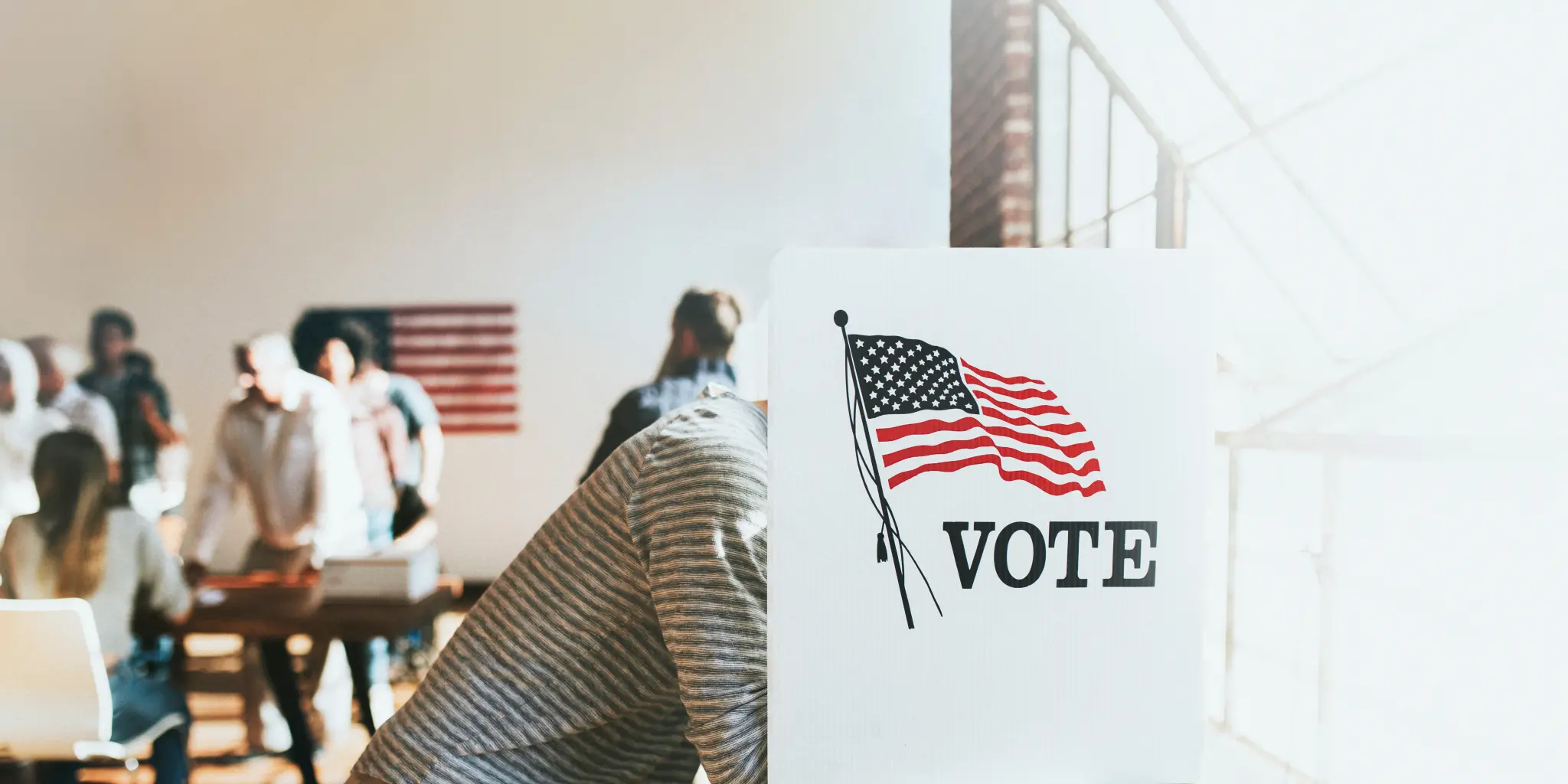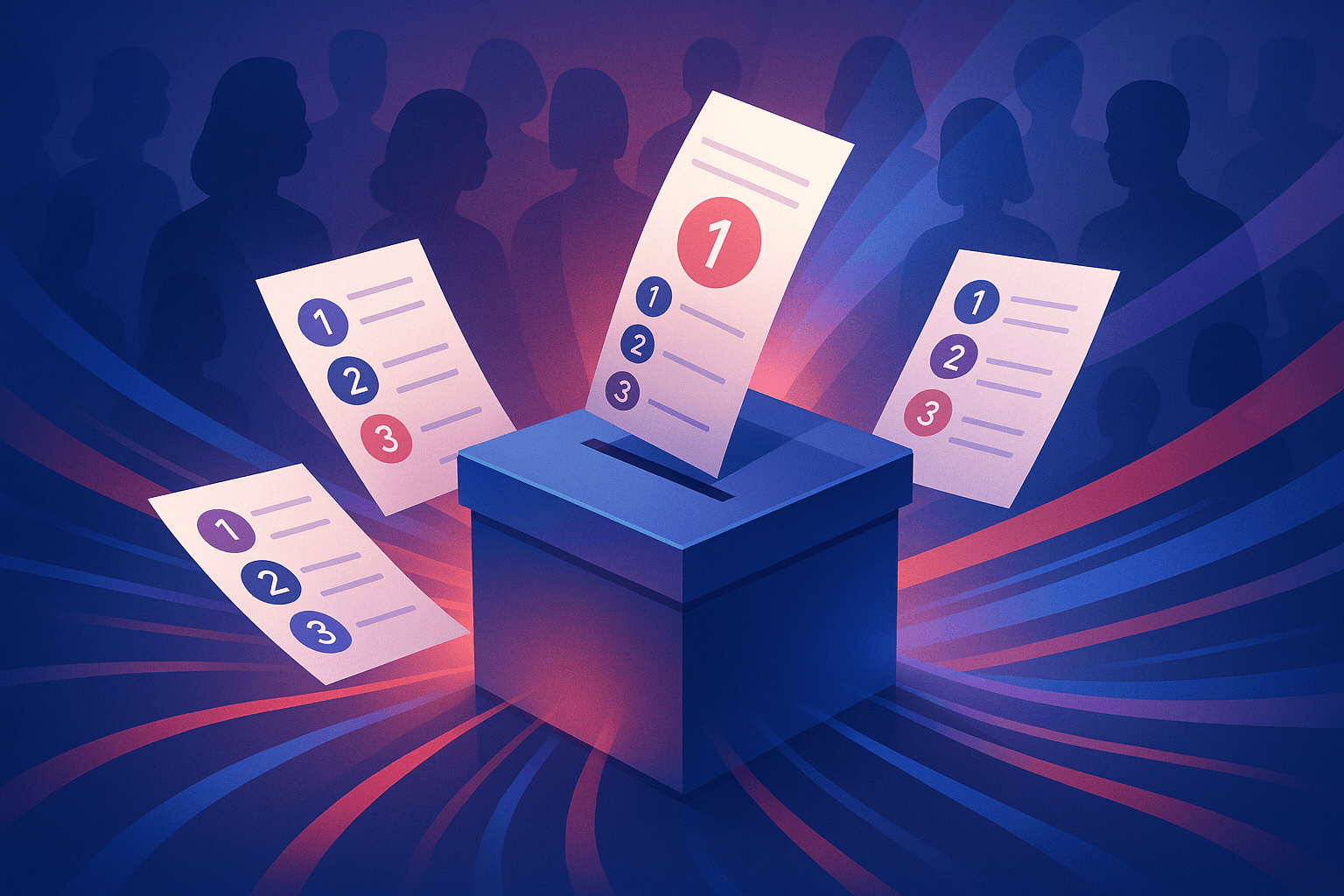Madison's Religious Test: The Supreme Court vs the Non-Cognizance Doctrine

As anyone who has read my book knows, I do not consider “original intent” a legitimate principle of Constitutional interpretation. Constitutions, like most laws, are the products of compromise and negotiation among people with very different intents. That said, when we have access to clear and direct statements about what the writers of laws (or constitutions) imagined themselves to be saying, we ought to at least treat them with some respect.
By this standard, at least, today’s Supreme Court decision misses the boat, as it virtually ignores one of the clearest and most direct statements of the proper relationship between Church and State to come out of the Founding Era: Memorial and Remonstrance against Religious Assessment, by James Madison -- the guy who wrote the First Amendment, and much of the rest of the Constitution too.
Madison wrote Memorial and Remonstrance in 1785, two years before the Federal Convention that produced the Constitution. At the time, he was fighting in the Virginia Legislature on behalf of Thomas Jefferson’s Statute for Religious Freedom. His primary opponent was Patrick Henry, the governor of Virginia, who had proposed a bill creating a tax to support the religion of the taxpayer’s choice.
Amazingly, Madison’s response to Henry anticipates nearly every major debate about the role of religion in the public square of the last 230 years. For example:
- He argues that the government should not commit any public resources at all to the propagation of a religious belief, insisting that “the same authority which can force a citizen to contribute three pence only of his property for the support of any one establishment, may force him to conform to any other establishment in all cases whatsoever?”
- He refuses to draw any distinction at all between belief and non-belief, and he accords to atheism exactly the same status as Christian belief. “Whilst we assert for ourselves a freedom to embrace, to profess and to observe the Religion which we believe to be of divine origin," he writes, “we cannot deny an equal freedom to those whose minds have not yet yielded to the evidence which has convinced us.”
- He specifically warns against the imposition of a majority religion on the rights of a minority. “True it is, that no other rule exists, by which any question which may divide a Society, can be ultimately determined, but the will of the majority; but it is also true that the majority may trespass on the rights of the minority.”
And along with all of his memorializing and remonstrating, Madison gives us a clear, direct, and easy-to-administer test that we can use to determine whether or not a given law or practice violates the proper relationship between religion and the government. Since religious belief occurs completely outside of the purview of the state, he reasons, it must remain “wholly exempt from its cognizance.” Government, in other words, should never treat any religious belief — including unbelief — differently than any other belief.
This leads to the “neither help nor hinder” approach to religion by the government that Madison practiced during his own career in government. Madison refused to allow chaplains to serve in the military, or in Congress, at the expense of the public. He refused to allow churches to purchase land or petition the government on terms any different than those given to any comparable non-religious organization. He wanted religions to flourish on their own terms, but not on the government’s dime.It turns out that Madison’s doctrine of non-cognizance could, if we would treat it with the respect it deserves, answer pretty much every question that we have about church and state -- and do so pretty well in a way that most of us could probably live with. Can student-run Christian clubs use school facilities for their meetings? Of course — on exactly the same terms as the chess club. Can cities post the Ten Can Commandments? It depends on what they are trying to do with the display.
And what about prayers? Can teachers lead their classes in prayer? Can city council meetings open with a generic invocation to a vaguely Judeo-Christian version of God? Absolutely not. There is no such thing as a prayer that can meet Madison’s non-cognizance test. No matter how inoffensive one tries to make them, prayers privilege certain religious ideas over others. For Madison, at least, this was how to create precisely the sort of country that America was founded not to be.


